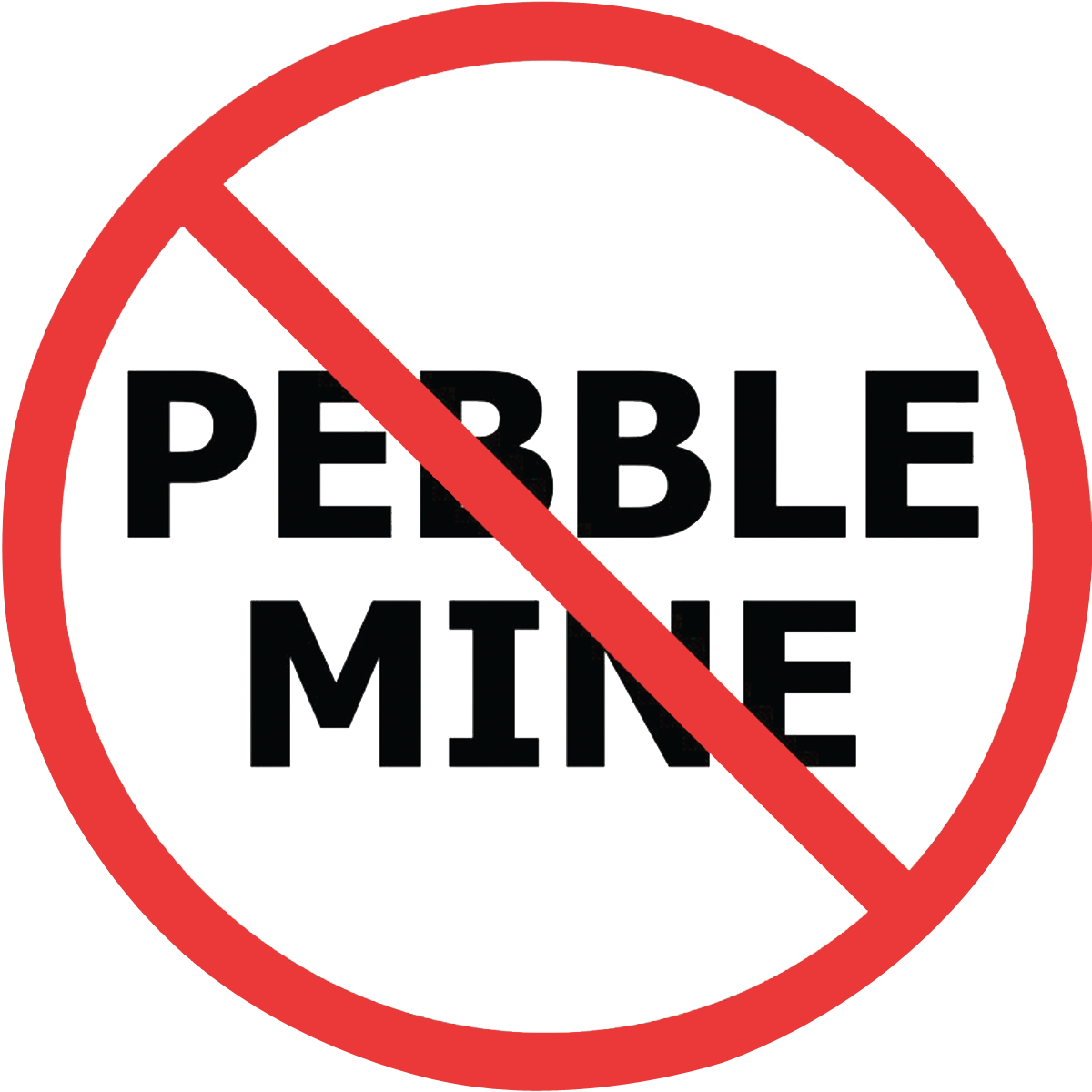View original story from Morning Consult here.
OP-ED CONTRIBUTOR
Wild Alaska Salmon: A Resource to Celebrate
ROBIN SAMUELSEN | SEPTEMBER 21, 2017 | 05:00 AM
When I travel outside of Alaska, friends are surprised when I ask a server if the salmon on the menu is wild or farmed, and whether it is from Alaska. For many non-Alaskans, salmon is salmon. They never stop to consider where it comes from or how it was raised.
The server’s answer to my question is increasingly “wild, Alaskan,” and that is a welcome development. Not only do wild Alaska salmon taste better and are healthier than their farm-raised brethren, they also support a billion-dollar fish-based economy.
Recognizing the importance of wild salmon to our economy and way of life, last year the Alaska legislature, led by now-House Speaker Bryce Edgmon (D), passed and Gov. Bill Walker (I) signed, legislation creating “Alaska Wild Salmon Day.” The day is celebrated every Aug. 10, around the end of the commercial fishing season. For the past two years, it has been a way to honor the fish that is integral to the past, present and future of the Last Frontier.
Praise for wild salmon can be heard in Washington, too.
Sen. Lisa Murkowski (R-Alaska) recently introduced a resolution that establishes September 2017 as “Alaska Wild Salmon Month” and encourages “individuals, corporations, and other relevant organizations to help celebrate the sustainable Alaska Wild Salmon industry and the health and social benefits it provides to our nation.” The resolution passed by unanimous consent in the Senate earlier this week.
Last week, Washington was the site of a Celebration of Alaska Wild Salmon, where Murkowski, Sen. Dan Sullivan (R), Rep. Don Young (R), and the Walker/Mallott administration were honored for their work on wild salmon issues. It was also an opportunity to share the story of this renewable resource (and the salmon themselves) with lawmakers and staff, many of whom have likely never thought about the bigger picture of the salmon on their plates.
With the accolades wild salmon are receiving, we must also acknowledge the many challenges they face.
For instance, Alaskans worry about waste from Canadian Mines seeping into the waters that flow from Canada into Alaska. Mine waste does not stop at the border, and neither do the salmon that freely travel between our two countries.
“Frankenfish” – genetically modified salmon – are just as scary as they sound. Fortunately, Murkowski has led the fight to both label and prevent the importation of Frankenfish, but temporary fixes to this very real issue mean Alaskans do not have peace of mind about an inferior product flooding the market and threatening our livelihoods.
We also have ongoing conversations about how our salmon resource should be allocated between commercial fishermen, sportsmen and the many Alaskans who subsistence fish. And of course, the centuries-old debate about how to appropriately balance resource development and environmental protection remains as fervent as ever.
But when it comes to an existential threat to one of our prized salmon runs, there is strong agreement among Alaskans that the proposed Pebble Mine is the wrong mine in the wrong place.
A year ago, many thought Pebble Mine was on its last legs. Nothing could reverse the inevitable final judgment that what could be North America’s largest open pit mine would cause irreversible damage to Bristol Bay’s $1.5 billion commercial salmon fishery and the 14,000 jobs it sustains, as well as to the subsistence fishery that has nourished the people of Bristol Bay for millennia.
But the Trump administration has given this disastrous proposal new life. This is a troubling development that has dampened what should be a joyous time for Alaskans. This year, a near-record 59 million salmon passed through Bristol Bay. At the same time, the price processors paid to the region’s fishermen significantly increased. It was a true bumper year for the region that supplies nearly half of the world’s wild sockeye salmon.
The threats to wild salmon – chief among them the Pebble Mine – are on our minds even as we otherwise have much to celebrate.
The good news is that we are keenly aware that with strong stewardship and management, Alaska’s salmon runs will sustain themselves. Tens of millions of fish will return each year from the oceans to the Alaska waters from which they were born. That benefits everyone.
The next time you order salmon in a restaurant or buy it in a store, be sure it is wild Alaska salmon. Think about the economy and the people that fish supports, and the challenges these fish face. Let us celebrate and honor these wonderful fish by giving them the protections they deserve.
With a little care, salmon will reward us by always returning home to Alaska and, in many instances, to a place called Bristol Bay.
Robin Samuelsen, a longtime commercial fisherman in Bristol Bay, Alaska, serves as chairman of the board of the Bristol Bay Economic Development Corporation, based in Dillingham, Alaska.
